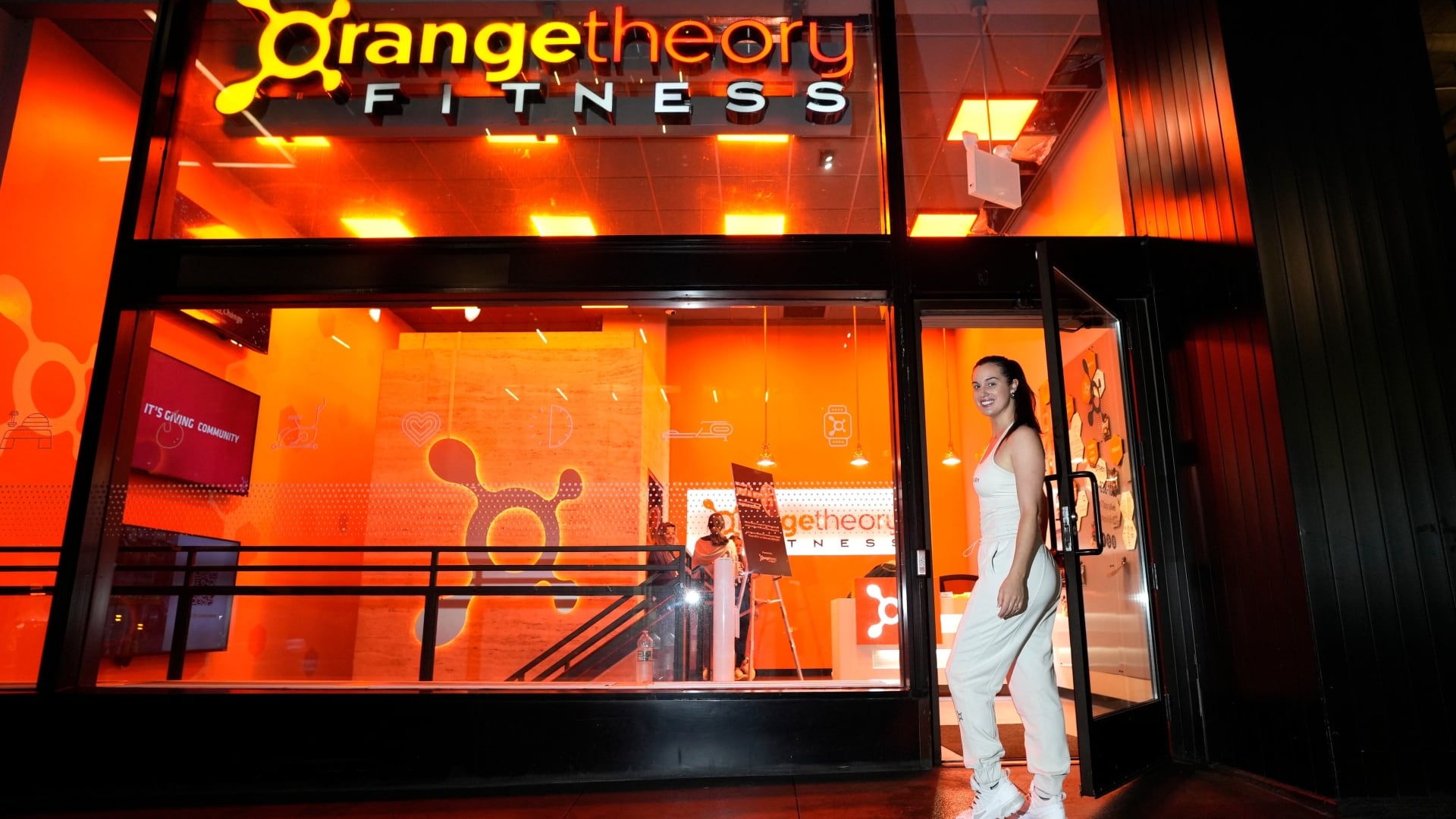As if electric vehicles, space exploration, and social media platforms weren't enough for the headline-grabbing billionaire, Elon Musk tweeted Thursday that Tesla's prototype for a human-like robot, called Optimus, could be functioning within the next few months and that the company plans to push back its annual "AI Day" to line up with the announcement.
The tweet is just the latest bold claim on the topic of robotics from Musk, who has been talking up Optimus for months, and has even said it will ultimately be "worth more than the car business." According to Tesla, Optimus can walk on two feet, deadlift 150 pounds, and has the same artificial intelligence system that is currently used in the company's electric vehicles.
It all sounds like a science fiction fan's dream (or nightmare) come true, but Musk isn't the only one betting on a bright future for robotics. In dollars, sales of robots to companies increased a record 43 percent in the first quarter of 2022, according to the Association for Advancing Automation. The number of robots sold also jumped a record 28 percent year-over-year.
What explains the recent rage for robots? Many are blaming the ongoing labor shortage, which has left 11.4 million open positions in the U.S. as of April, according to the latest federal data.
"The end-users tell us all the time: we can't find people," said Jeff Burnstein, president of the Association for Advancing Automation. "It doesn't matter what industry we're talking to. That's one of the biggest drivers of why companies are turning to automation."
The prospect of robots replacing humans is an age-old promise of technologists, but it's gained currency in recent years as the pandemic has shaken up the labor market, leading to what many experts have called "The Great Resignation."
As the latest Labor Department data showed, job growth is holding steady — even as the stock market wobbles and inflation hits a 40-year high. This suggests that the tight labor market plaguing employers may be sticking around. But are robots really the solution?
An 'Oh Crap Moment'
For Dave Evans, CEO of Fictiv, which provides digital manufacturing solutions to large companies, the answer is "unambiguously yes."
Since the beginning of the pandemic, he said, companies have been forced to reckon with the shortcomings of their business models, and many looked to robots and other technology solutions for answers. "It was kind of like this 'oh crap moment' in 2020. Then in 2021, it was about finding solutions. Now in Q1 of 2022, we're seeing those solutions implemented."
In other words, the boom in robot sales didn't happen overnight in response to the latest jobs data. It's been at least a two-year process of companies weighing their options and deciding that robots were worth the investment.
Over this period, there's also been a shift in what kinds of companies buy robots.
"The biggest use for robotics in the United States and the world for a long-time was automotive-related," said Burnstein. "So the biggest automotive application was welding, but in the past decade or so, material handling has surpassed welding."
Material handling includes any process for moving goods through space, whether that's stacking products up in pallets or moving them across a factory floor. Burnstein said this shift is partly explained by the explosion in logistics and warehousing during the pandemic, as consumers hunkered down in their homes and ordered products via ecommerce platforms.
Yet some argue that companies' embrace of robots has a longer lineage than the last two years.
Sean Petterson, CEO of StrongArm Technologies, which produces wearable devices designed to improve workplace safety, explained that manufacturing had a retention problem long before COVID-19 sent many workers packing.
"The labor market has just gotten worse, but they've been working on this for a long time," he said. "This is by no means a knee-jerk reaction to solve that pain point."
He pointed out that the turnover rate for manufacturing has been ticking up for the last decade, and is now at 39 percent, compared to around 25 percent in 2015. He said this drop-off is due in large part to the strenuous nature of the work, adding that many companies effectively burn through their local labor pools, which makes hiring even more expensive.
Better, Not Less Jobs
Symbotic CFO Tom Ernst also pushed back against the idea that recent labor shortages were the main reason for the rising interest in robots. His company, which manufactures fully automated supply chain systems, has been around for a decade, and Ernst said that technology gains are the biggest reason for the increased adoption.
In his view, robots will create new and better jobs, not remove the need for workers.
"I won't say that labor isn't a consideration," he said. "It is, but what we've found from our clients is that employers and employees are extremely excited about the jobs that our technology brings. They're more skilled. They're more sophisticated."
So it might not be a zero sum situation, where more robots necessarily equals less human jobs. But where does this leave the labor shortage and robots' role in solving it?
Ernst pointed out that safer, better-paying, and more personally satisfying jobs could eventually lead to higher retention rates, meaning companies will have to scramble less often to replace workers who have quit.
Bernstein agreed that robots ultimately won't replace jobs, but will hopefully create new and better opportunities.
"I think it will help solve the problem, but we believe that people are the most important part of our automated future," he said. "A lot of what robots do is augment people. So there's always going to be people in the loop. I don't see that changing. I'm one of those people who believes there's going to be more jobs, not less."
To make this brave new world of well-paid humans working alongside robots possible, however, additional investments in training and education may be necessary.
"I don't think it's a silver bullet for the labor shortage," said Petterson. "The manual labor force in the future is going to have to be much more technical and much more data-driven because you're essentially going to be babysitting these robots 10 years from now. That takes a cultural shift, an infrastructural shift, and an educational shift."



